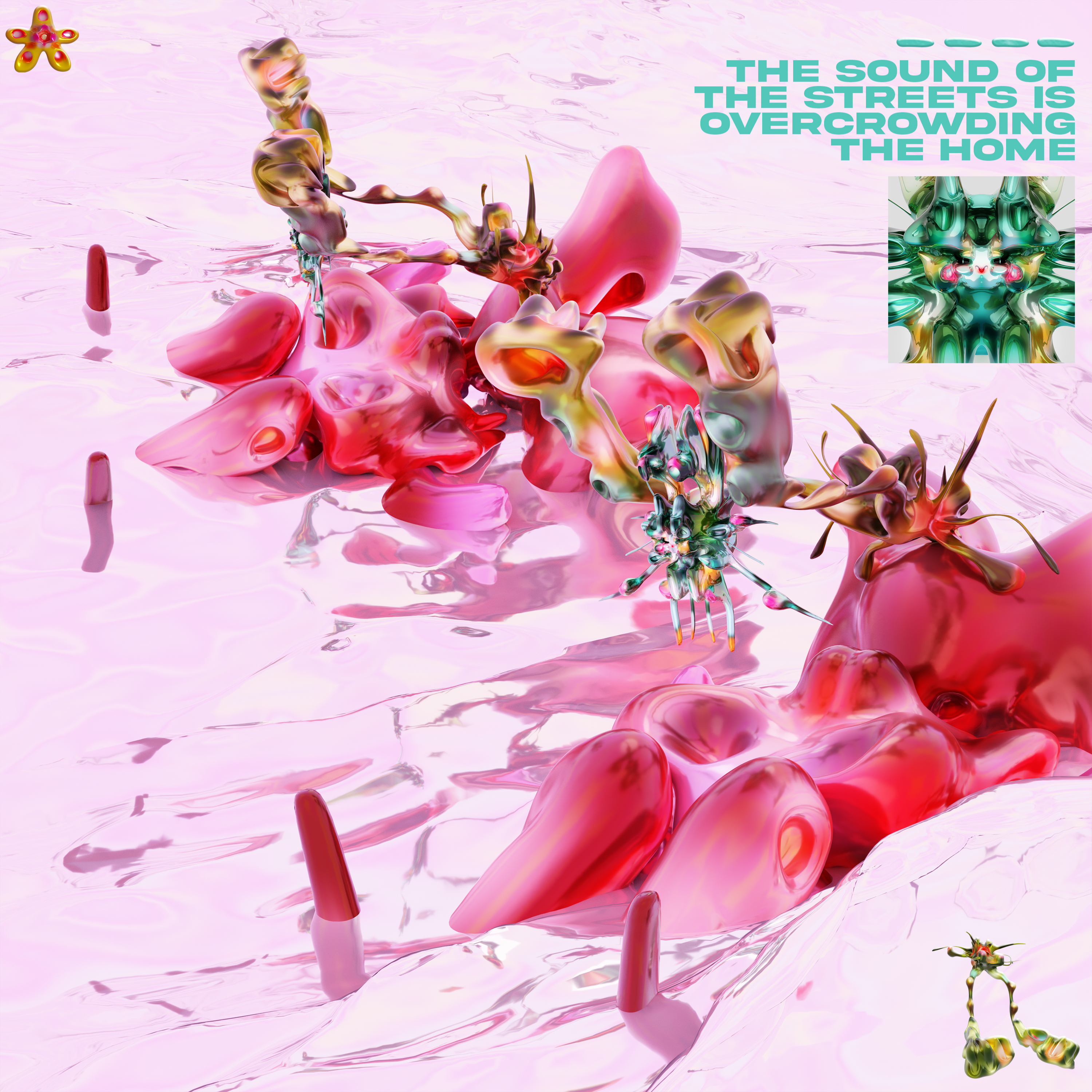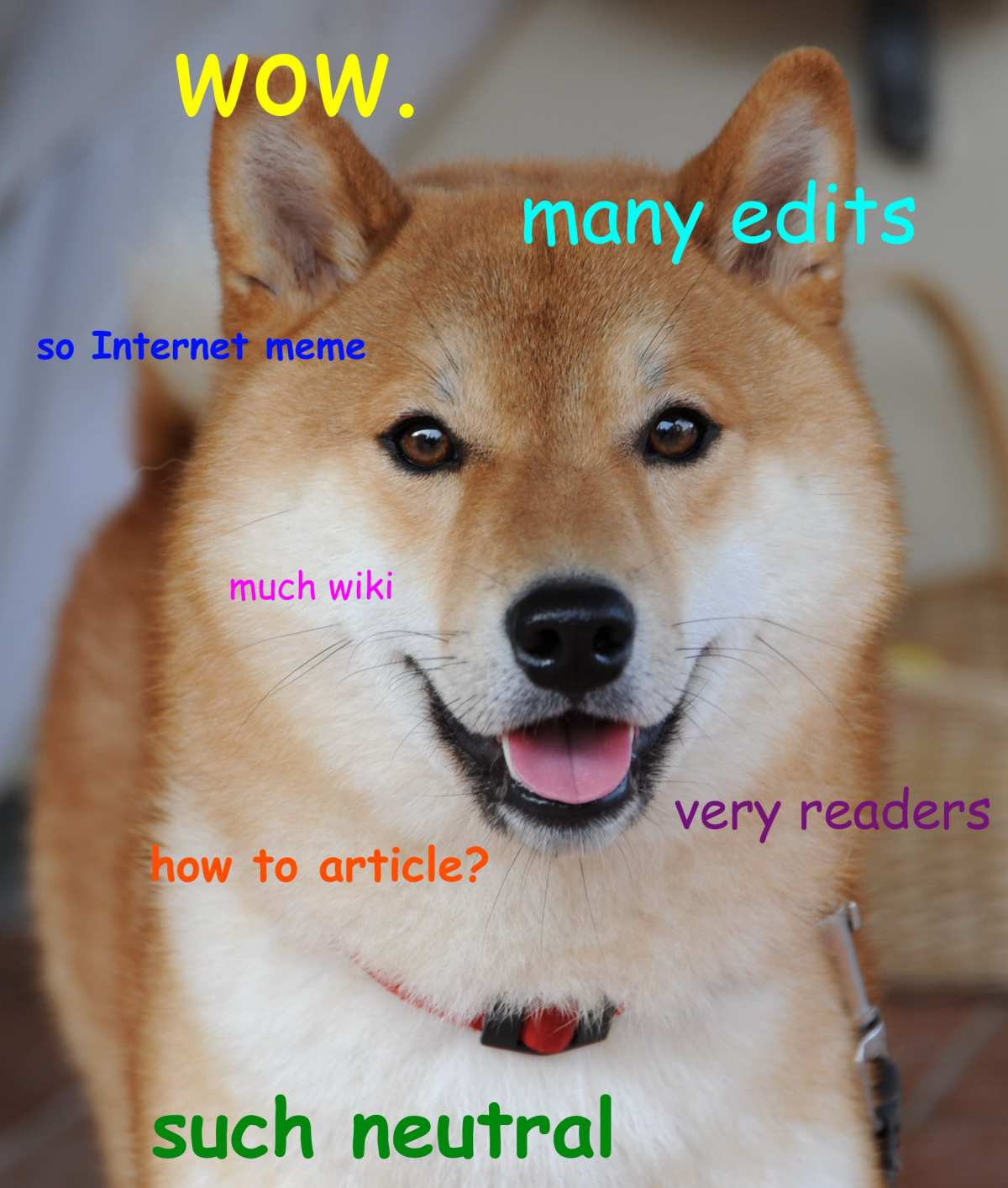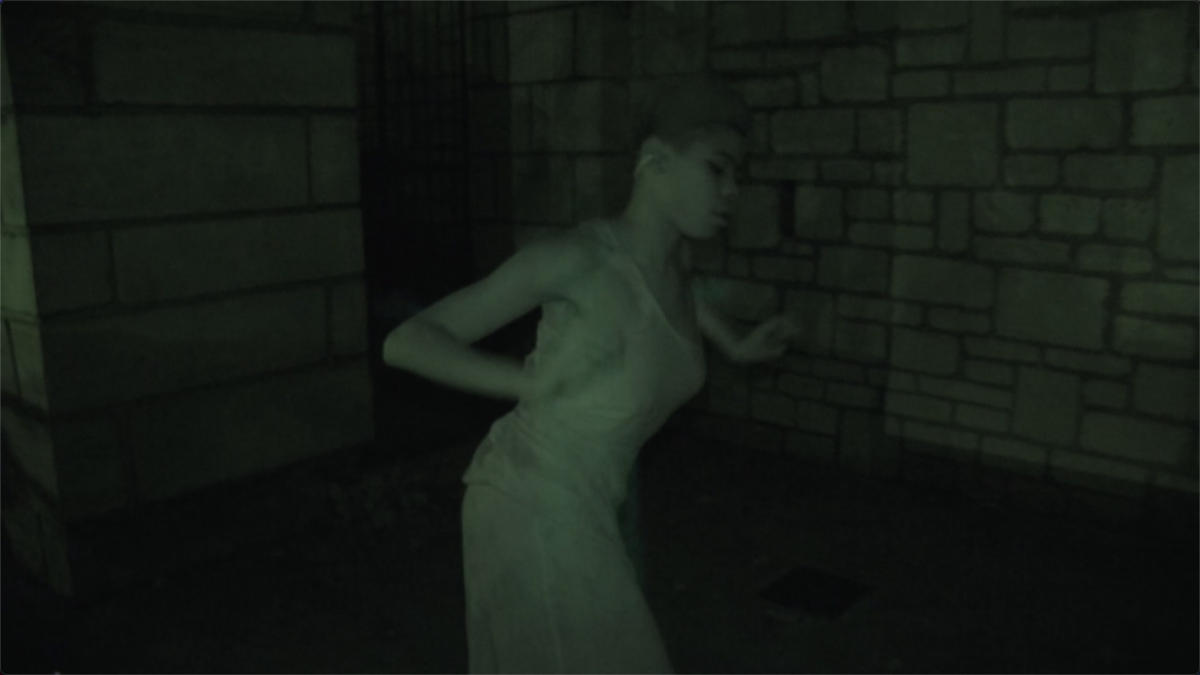![Ensamble Maleza (photo: [e.]).](/sites/norient.com/files/styles/norient_free_landscape_1_200_/public/maleza-para-la-web-scaled.jpg?itok=hpYcvJ3Y)
The Silence of Overcrowded Spaces
The pandemic has been reshaping the experience of life from offline to online. The project Espaciaro in Bolivia shown at the In/Out Festival attempts to rethink this by exploring new listening narratives, while questioning the ubiquity of social media platforms.
We are located at 4000 meters above sea level, in the Bolivian Andes. In the highlands, the scarce vegetation and the silent animals that inhabit it leave space to the wind as the only interpreter. Silence is cultivated in the heights. These traits penetrate the linguistic identity of the Aymara (indigenous people living in the Andean plateau), making them silent beings. Speech is a moment of solemnity, an action that bursts into the sound environment. Music is highly ritualistic and connects with the needs of the agricultural calendar that governs their way of life.
By contrast, in the city, the sound is chaotic and ubiquitous; the street vendors, the excessive use of horns, the social demonstrations (who even use dynamite) in the central streets. A sound magma difficult to penetrate, which narrates the accelerated dynamics of urban life. The lockdown marks a return to silence. The resonance and sound of the streets is transferred to private space and is overcrowding homes. This unprecedented moment created a social trauma caused by militarized streets and rigid quarantines. Yet, it also caused an introspective moment for reflection.
Culture Moved Online
The vulnerability of the body in physical space has overpopulated corporate platforms disguised as social networks. The pandemic in Bolivia coincides with an unconstitutional government that ordered the closure of the Ministry of Culture. As museums and independent cultural initiatives remained closed for months, their only alternative was to transfer their contents to these platforms, without developing a critical position. This weakens the possibility of generating other environments outside the business of social networks.
In this context, the «[e.]spaciario» platform offers a journey to explore immersive and expanded listening narratives. The most critical example happened in school education. The government, without offering a specialized platform, ordered the continuation of classes to WhatsApp, which led to the closure of the academic year. [e.] approaches this national conflict from the rural territory. Claudia Copa, a Uru-Chipayan teacher, creates a sound piece in her native language alongside a photographic archive based on mobile photos and screenshots, that reveals the complex relationship between rurality and access to technology.
Semantic Games
Listeners are invited to surf outside the conventional routes and propos content focused on problems relating to their realities during the confinement. Feminist composer Adriana Aramayo, for example, narrates her semantic game of sound and emotion within the national sociopolitical context. The piece reproduces reflections on the conflicts generated in our society, through a body catharsis and the omnipresence of control and abuse of the State and mass-media.
[e.] commissioned eight media essays that question this new paradigm from the perspective of Bolivian creators who work with sound as their main material, addressing the fragility of social structures, the control of the body, and the tension between physical territories and virtual space.
Is the objective of the cultural producers to get more likes or to rethink the habits and platforms of cultural consumption in the new glocal scenario? Are social networks the repositories for hosting and preserving cultural content? The culture of silence is valuable when it is a conscious practice and not a corporate censorship.
Artist Statement
The pandemic forces our bodies and territories to experience themselves from the virtual point of view, whenever possible interacting on the physical plane. A new doctrine of control of the body is deployed, which forces us to social distance and paradoxically gives us overcrowding in the private sphere. It pushes us into virtual life out of fear of material death. These tensions between materiality and virtuality have been radically established worldwide.
Project curated and technically developed between Guely Morató Loredo and Víctor Mazón Gardoqui.
The Norient Special «Promise of Catharsis» is based on performances at the South American «In/Out Festival» that took place online between September 2 and 6 in 2020. It is funded by Pro Helvetia South America.
Biography
Published on March 11, 2021
Last updated on April 09, 2024
Topics
From hypersexualised dance culture in baile funk to the empowering body culture in queer lifestyles.
On new cultural implications of Meme Music, and how commnunication is more and more a result of power relations disguised in social networks.
Place remains important. Either for traditional minorities such as the Chinese Lisu or hyper-connected techno producers.
Special
Snap


